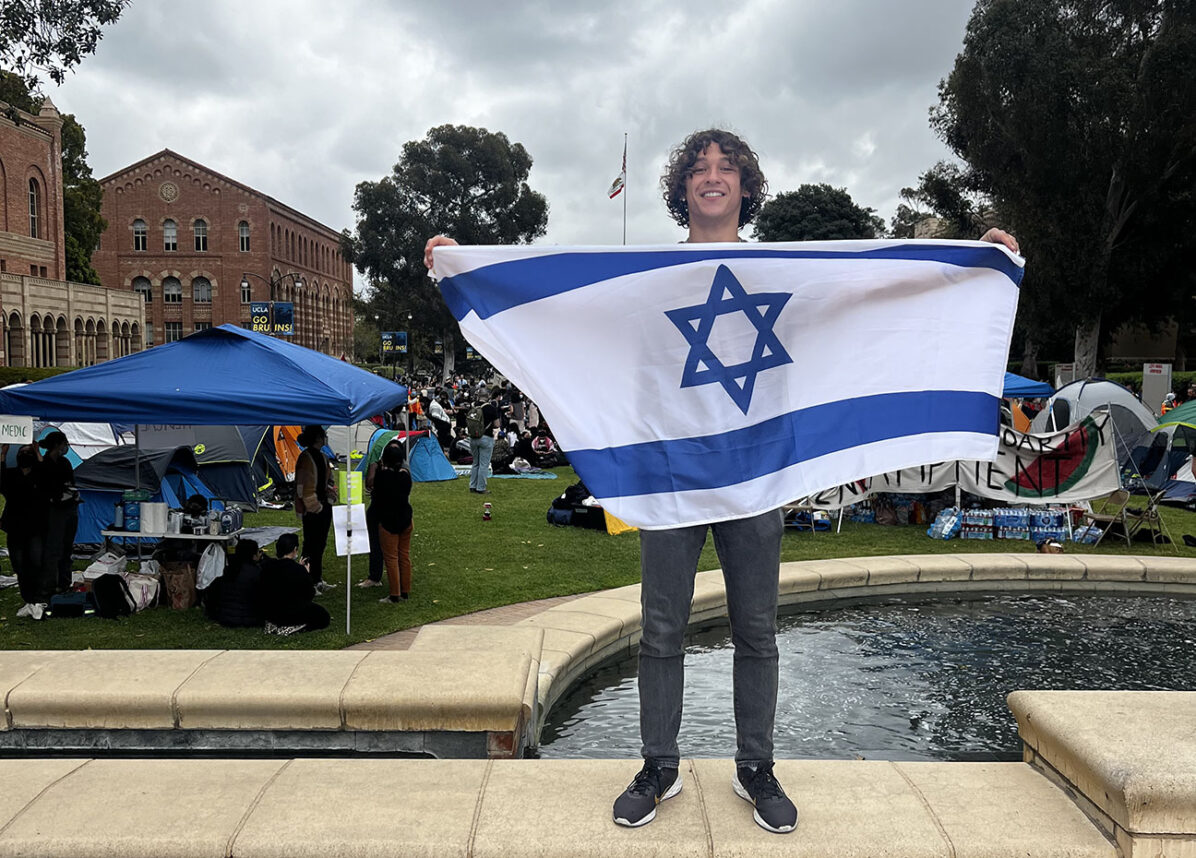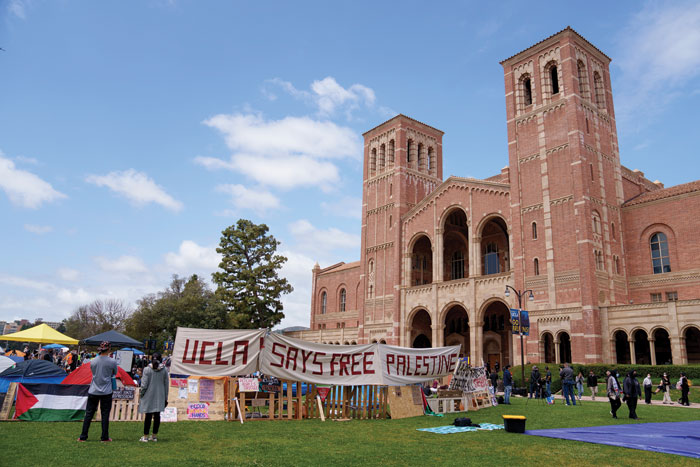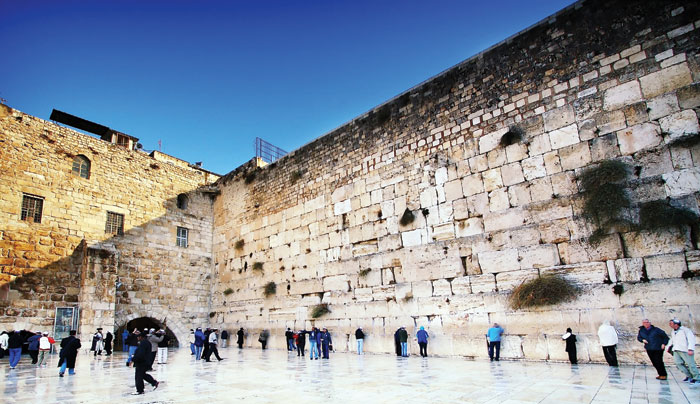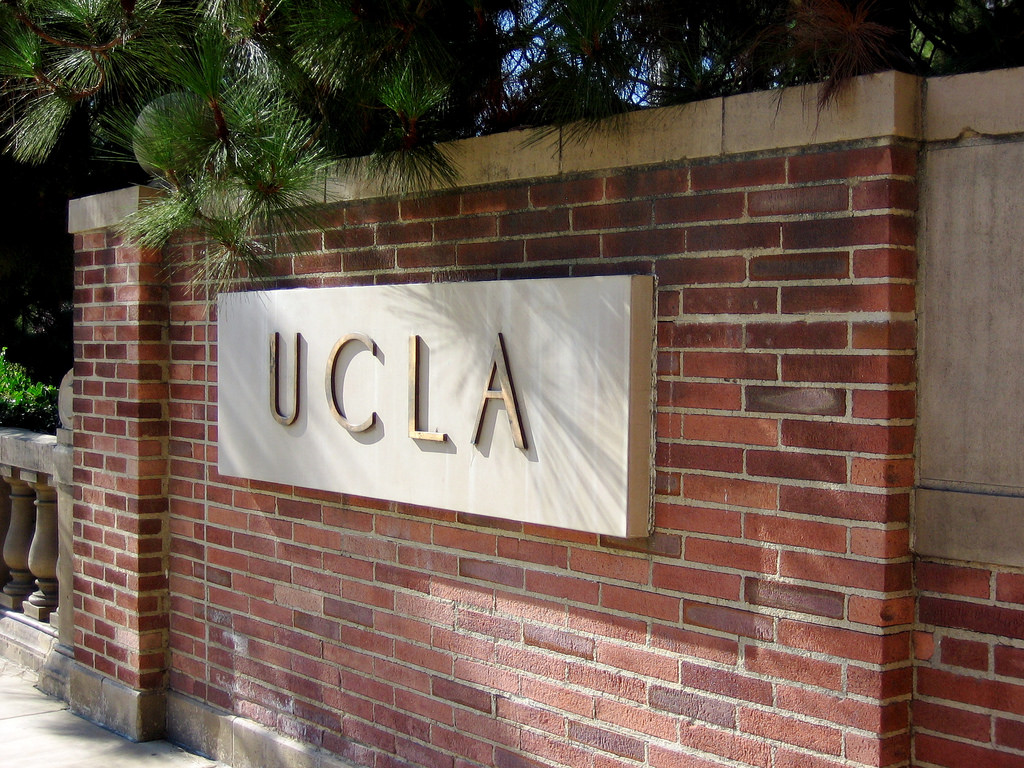What better occasion than the celebration of Easter/Passover this weekend to consider the limits and expectations of interfaith cooperation. The catalyst for this essay was the recent visit of pro-Israel Pastor John Hagee to Jerusalem, where he ” title=”written in this space ” target=”_blank”>written in this space that Jews should accept Evangelical support for Israel even if they suspect their motives for doing so. Interfaith relations have to be based on common decency and fairness, and I think that in this case the good pastor abused the trust of his hosts.
Mormons would be quite offended if a leader of a breakaway LDS sect made a short video promoting the glories of polygamy while standing on Temple Square in Salt Lake City. The Aish World Center in Jerusalem faces the Western Wall, Judaism’s holiest site, and is the worldwide headquarters of an organization (its name means “Fire of the Torah”) dedicated to promoting Orthodox Jewish learning. Given the rejection of Jesus’ divinity by rabbinic Judaism, it was highly inappropriate for Pastor Hagee to preach of every knee bowing to Jesus while standing atop Aish’s building. I would of course feel differently if he had asked permission from Aish to make the video, but it’s highly unlikely that Aish would have approved such a request.
Respecting Jewish sensitivities is also a theme of LDS-Jewish dialogues, which normally feature two prayers offered by a Mormon and a Jew. The Mormon will invariably ask the organizers how he should close the prayer, since LDS prayers always end “in the name of Jesus Christ.” There are some LDS leaders who feel that Jews come to such an event expecting to learn about another faith tradition, so in the interest of authenticity they prefer to have the Mormon close the prayer using the Savior’s name. Others try to be as considerate as possible of Jewish sensitivities, and prefer to close the prayer “in the name of the God of Israel,” “in the name of the God of Abraham,” or some other variation that is synonymous in LDS theology with Jesus Christ (who Mormons believe was both the God of Israel and the God of Abraham). I tend to prefer the latter approach, though I think that both are valid.
The most difficult talks for me to give are presentations on the LDS faith in a Jewish setting, usually a synagogue. As Joseph Smith said, “The fundamental principles of our religion are the testimony of the Apostles and Prophets, concerning Jesus Christ, that He died, was buried, and rose again the third day, and ascended into heaven; and all other things which pertain to our religion are only appendages to it.” If I were to make an honest presentation on LDS theology, I’d spend about 90% of the time talking about Jesus Christ. However, for obvious reasons I don’t think that would go over too well with the target audience. I usually mention that we’re a Christian church headed by Jesus Christ, whom we accept as the Savior of the world, then move on to other topics. I’m open to suggestions from Mormons who have made similar presentations on how to incorporate Jesus into the discussion without sounding too preachy.
In the spirit of interfaith understanding, I’d like to take this occasion to wish my readers a Happy Passover and a Happy Easter.






















 More news and opinions than at a Shabbat dinner, right in your inbox.
More news and opinions than at a Shabbat dinner, right in your inbox.